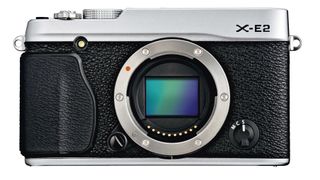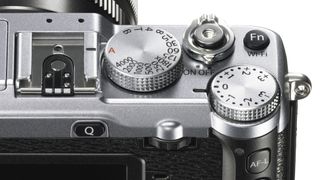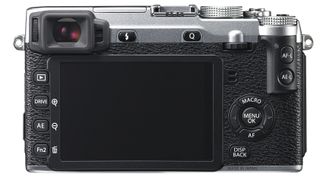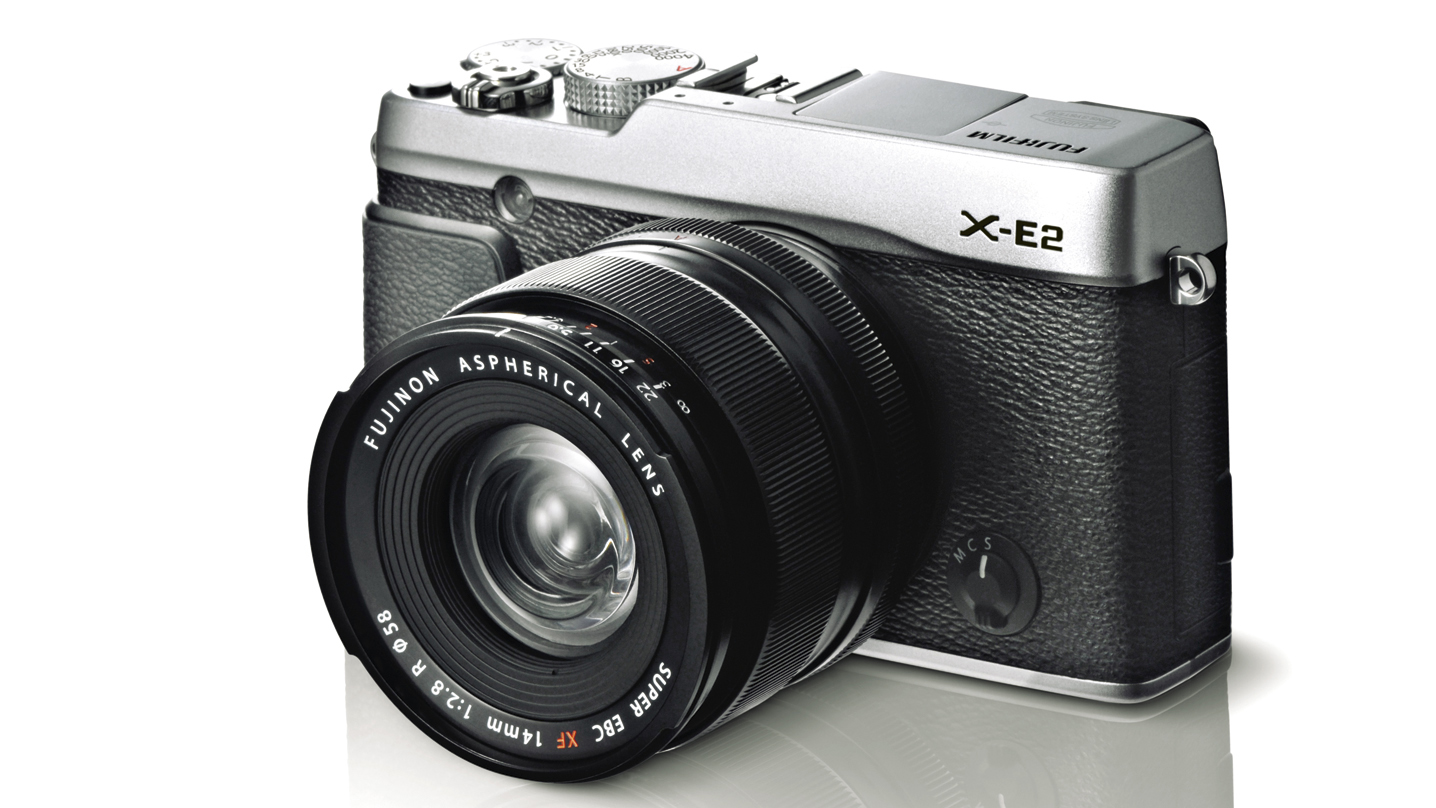TechRadar Verdict
The X-E2 isn't designed to appeal to novice photographers, but many enthusiasts will love it. The key features are within easy reach, there's an excellent viewfinder and the images are also superb – especially the raw files.
Pros
- +
EVF built-in
- +
920,000-dot LCD
- +
Faster responses
- +
Improved AF system
Cons
- -
Fixed screen
- -
No touchscreen
- -
Advanced Filters are 'JPEG only'
Why you can trust TechRadar
Fuji has earned huge respect from photographers for its X-series cameras. Many aspire to own the Fuji X-Pro 1, while others have opted for the smaller Fuji X-E1. Those wanting an even more compact interchangeable lens camera have the choice of the Fuji X-M1 or Fuji X-A1.
With the introduction of the Fuji X-E2, we have the first update to Fuji's interchangeable lens X-series. This new camera uses exactly the same APS-C format 16.3-million-pixel X-Trans CMOS II sensor as the Fuji X-100S.
Unlike most cameras that use a Bayer pattern of red, green, green and blue receptors (usually referred to as RGGB) arranged in a 2 x 2 grid, the X-Trans CMOS II device uses a 6 x 6 RGGB filter array pattern, with a random arrangement of colour filters within each block of 36 photoreceptors.
This makes the sensor is less prone to moire patterning, and as a result Fuji is able to omit the anti-aliasing filter that overlays most digital camera sensors. The benefit of this is that the camera is able to produce sharper, more detailed images than a model with the same size sensor and pixel count and an anti-aliasing filter.
Features
As in the X100S, Fuji has coupled the X-E2's sensor with the EXR Processor II. This combination allows a start-up time of 0.5 seconds, shutter lag of 0.05 seconds and a maximum continuous shooting speed of seven frames per second when shooting JPEG images (with a class 10 SD card inserted). The writing speed is also reported to be 1.8x faster than in the X-E1. In addition, there is 14-bit raw support which should mean smoother tonal gradations.
Sensitivity may be set in the native range of ISO 200-6400, but it can be expanded for JPEG files to ISO 100-25,600.

One of the main improvements offered by the X-E2 over the X-E1 is the addition of Fuji's Lens Modulation Optimiser technology, which tailors the processing of each image depending upon the specific lens, focal length and aperture used. It corrects diffraction blur to create sharper images across the frame. This system is compatible with the entire XF lens line-up. However, it is an option that users can choose to switch on or off as they prefer.
An additional benefit of using the X-Trans CMOS II sensor is that it has pixels dedicated for use by a phase detection autofocus system and the camera can use either contrast or phase detection depending upon situation. This is backed up with face-detection focusing, which can be useful at social gatherings.
Another claim to fame for the X-E2 is that it has the world's fastest phase detection autofocus speed of 0.08 seconds. Naturally, there are a few riders to this claim. Firstly, it relates to the phase detection element of the hybrid system, and secondly, Fuji says it's the fastest amongst digital cameras with a 4/3-inch or larger sensor.

Fuji has also improved the X-E2's continuous AF system. Unlike with the X-E1, this now continues to operate while the shutter release is half pressed and the AF point is no longer locked to the centre of the frame. This improvement is made for both stills photography and while shooting movies.
On the subject of movies, the X-E2 is capable of shooting full HD movies at 60fps as well as 30fps.
Like the X-E1, the X-E2 has an electronic viewfinder. As before, this OLED unit has a resolution of 2.36 million dots and covers approximately 100% of the field of view. However, according to Fuji the unit has been improved to give better performance in low light.
As in the X100s, the EVF offers a digital split image as well as focus-peaking to assist with manual focusing, something that we found especially useful with close subjects.
Whereas the X-E1 has a 2.8-inch 460,000-dot LCD, the X-E2 has a three-inch 920,000-dot screen which should provide more detail when composing and reviewing images.

Naturally, the new camera has Wi-Fi connectivity built-in, and after the initial connection has been made transferring images to a smartphone or tablet via Fuji's free app is a one-touch process.
It's also possible to wirelessly back-up images automatically to computer once the camera has been paired with a router.
Other improvements over the X-E1 include the ability to preview the exposure in the live view display of the screen and EVF, more accurate histogram display with high-contrast scenes, Dynamic Range Auto being available with manual exposure mode, maximum sensitivity and minimum shutter speed limits being customisable with the ISO Auto option, the provision of Fuji's Super Intelligent Flash and the ability to delete images from the zoomed-in view.

The RingConn Gen 2 is the best cheap smart ring - and it's now even cheaper with this exclusive Black Friday deal

Microsoft is again nagging Windows 10 users to buy a new machine – a Copilot+ PC to be precise, for the ‘ultimate Windows 11 experience’

Amazon's Black Friday sale is live – here's what I recommend buying as a deals expert
